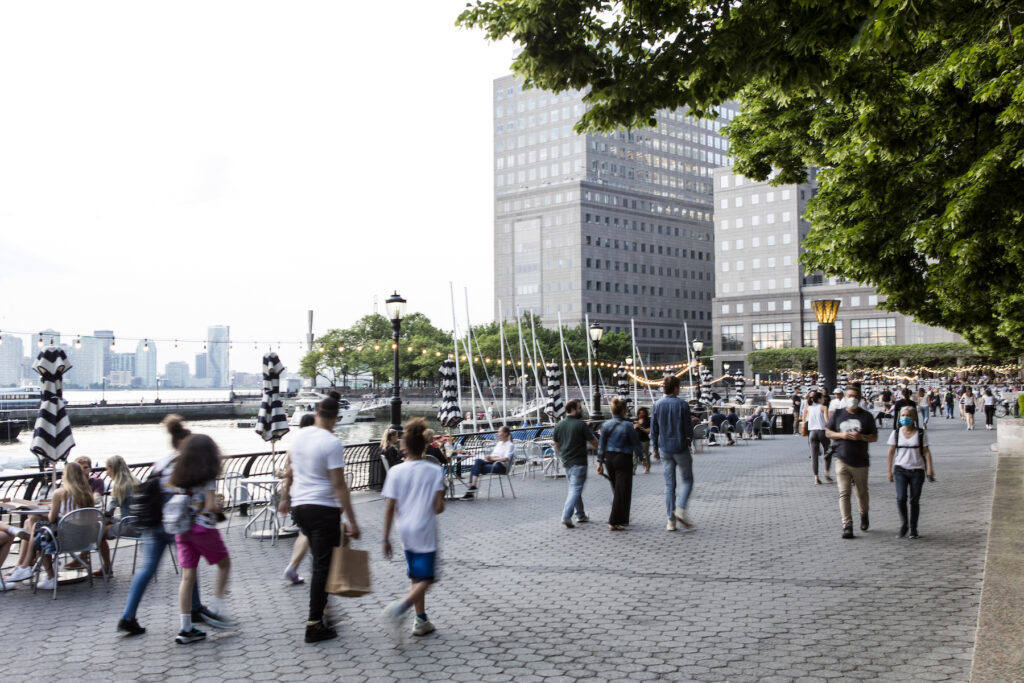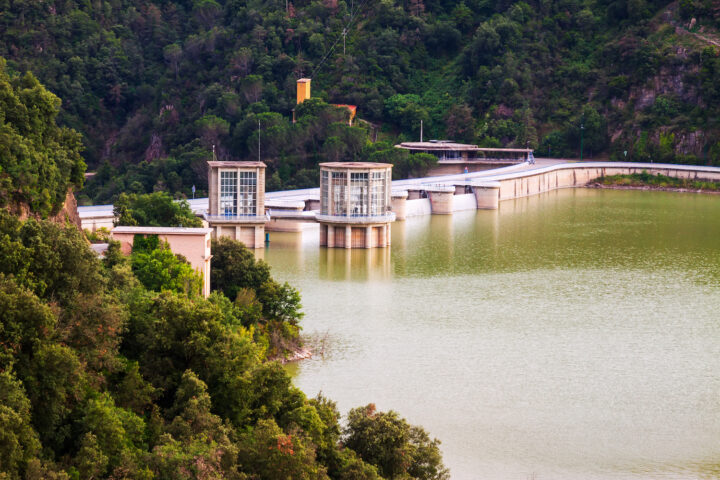How rural development can help solve Metro Manila’s overpopulation problem
Blogs
May 23, 2023

With a population of over 13.4 million people, and millions more from outside its boundaries commuting into it daily for work, Metro Manila is one of the most densely packed urban agglomerations on earth. While high population densities offer such advantages as increased human capital development and easier access to goods and services, they are also associated with pollution, social issues, housing shortages, and a lowered quality of life. Indeed, Metro Manila exhibits these and other population issues to the extreme.
However, if you were to leave Metro Manila, you would find a Philippine countryside that, while not devoid of inhabitants, is sparsely inhabited by comparison. You’d also quickly find rural areas that are worlds apart from Metro Manila in terms of infrastructure development. Unsurprisingly, the high urban densities of Metro Manila and the uneven development of the Philippine countryside are intimately related phenomena.
Rural development may ease Metro Manila’s overpopulation woes
Given this, a clear solution for decongesting Metro Manila and alleviating its social and environmental problems would be to further develop the Philippine countryside. By investing in rural areas, particularly provinces that have high migration rates to the capital, more Filipinos will be incentivized to work and find opportunities in their hometowns or nearby regional cities.
This reprioritization of investment and development would not only improve the lives of rural Filipinos but it would also take the pressure off of Metro Manila’s overstrained infrastructure, reducing its population growth, and improving the lives of its urban inhabitants as well. The success of provincial economic estates developed by Aboitiz InfraCapital (AIC) in boosting local economies and preventing the outbound migration further lends credence to this idea.
Here's how increased rural development may help slow down Metro Manila’s population growth issues:
1) Better local employment opportunities
Today and for most of recent history, Metro Manila has offered most of the best jobs in the Philippines in terms of salary and professional advancement opportunities. This, coupled with the relatively poor opportunities in the countryside has caused millions of Filipinos to flock to the National Capital region, with many permanently staying and building new lives there. While this migration has transformed Metro Manila into one of the world’s premiere talent pools, it has also resulted in overpopulation and all the issues associated with it.
Fortunately, this runaway migration is no longer inevitable. The success of several regional Philippine cities and countryside economic estates developed by AIC and other developers has proved that many talented Filipinos in the provinces will choose to stay close to home if given decent job opportunities. Providing more high-quality employment outside Metro Manila will not only encourage more Filipinos to work in or close to their hometowns but it may also increase local spending power, thus encouraging local entrepreneurship and further job creation.
This local development can present a massive win-win opportunity for Metro Manila and the Philippine countryside. With reduced urban migration, Metro Manila’s inhabitants won’t face as much competition for local jobs, which may lead to a favorable effect on local job markets for existing residents.
2) More local infrastructure development
Today, the lack of vital countryside infrastructure causes hundreds of thousands of Filipinos to migrate to Metro Manila and overseas destinations in search of a better life. The further development of water systems, roads, bridges, transportation hubs, and digital infrastructure in the Philippine countryside will not only provide rural Filipinos with better access to goods and services but will also help increase the quality of life and incentivize local entrepreneurship.
In particular, improvements in transportation infrastructure in cities and provinces surrounding Metro Manila may help reduce congestion within the city itself. By providing appropriate transportation solutions to people in surrounding provinces, the need to live close to jobs in the city may be reduced, slowing down the rate of permanent urban migration within the National Capital Region.
Additionally, improvements to infrastructure should not only slow down the overcrowding of the capital but also allow inhabitants of Metro Manila to more easily explore other parts of the country, better connecting different regions and improving their tourism potential. Moreover, more local infrastructure should also stimulate local trade by reducing business costs and providing direct linkages to various local and international markets.
3) Increased quality of life for all Filipinos
The synergistic development of jobs and infrastructure outside of Metro Manila will prevent millions of Filipinos in the countryside from having to choose between financial security in the capital and happiness at home. Likewise, current inhabitants of Metro Manila can expect a reduced strain on various vital local infrastructure assets, reduced pollution, and less hectic work lives due to traffic and competition.
With these things in mind, improving rural infrastructure and creating better-paying jobs in the countryside can be seen as essential not only for improving local economies but also for giving all Filipinos a fairer chance at living happy, fulfilled lives. In addition, with less pollution in the cities and clean water and hospitals in the countryside, Filipinos everywhere may become healthier as well.
Countryside development helps all Filipinos
Rural development will not only help alleviate Metro Manila’s longstanding overpopulation problem but it may also be key to a happier, healthier, and more prosperous country. By creating quality jobs, developing quality infrastructure, and focusing on life quality improvements in the countryside, Philippine policy planners and development partners like AIC can create significant positive change in the country. While there are challenges that need to be overcome, working together we can not only decongest Metro Manila but also create better living conditions for every Filipino.






























